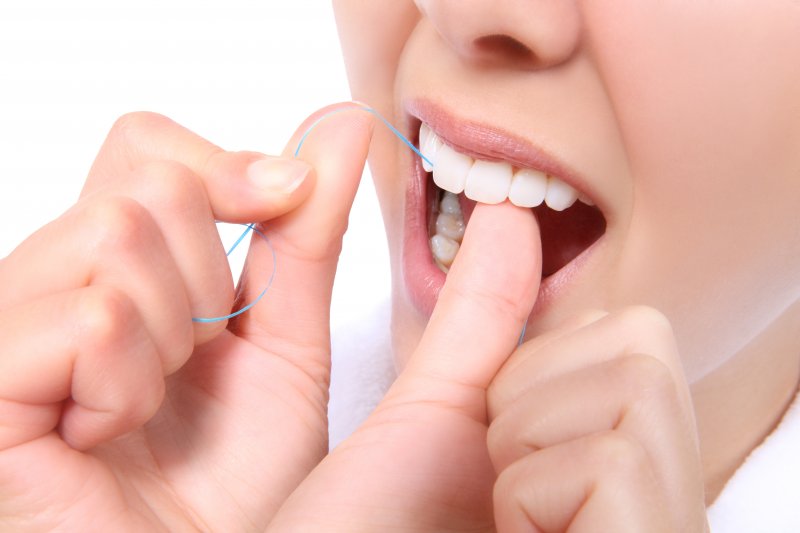Your Dentist Offers Tips on How to Flawlessly Floss
March 31, 2019

Sometimes you may cut corners in your dental routine by not flossing. You figure it’s not going to affect you much because you still brush. But every time you see your dentist for your semi-annual checkup and cleaning, they notice and tell you that it is essential to do this step. But why? In reality, adding a couple of extra minutes to your oral hygiene routine to floss can be the one thing that keeps you from developing bad breath, or worse, gum disease. Your dentist can help you achieve a flawless floss with the following steps and tips.
The Importance of Flossing
Brushing isn’t always enough to keep plaque and tartar from building up and causing problems. The bristles can’t reach in between your teeth to dislodge food debris the same way floss is able to. When this debris breaks down, it can create a perfect environment for bacteria accumulate and lead to bad breath and even tooth decay. Other serious issues can also arise, like gum disease and cavities. Taking just a couple extra minutes out of your day can reduce your risk for needing invasive treatments like root canals later down the road.
Proper Flossing Technique
You may have always been told to floss your teeth, but never got a tutorial on how to properly do it. Here are some steps for a flawless floss:
- Tear off 18 inches of floss and wind most of it around one middle finger and the remaining around your other middle finger.
- Hold the floss tightly between your thumb and index fingers.
- Be sure not to snap the floss between your teeth because it can cause damage to your gums.
- Once the floss reaches your gums, bend it and continue to gently slide it between your gum and tooth.
- Be sure to repeat this process between each tooth and remember to never reuse floss. It can redeposit the bacteria and food that you just cleaned from your mouth.
You may experience bleeding if you haven’t flossed in a while. This is completely normal and should subside when you continue to floss daily.
Be sure to ask your dentist if you have any questions on how to floss properly or if your gums continue to bleed. Your mouth will thank you for taking the extra time out of your day to prevent serious problems from arising!
About the Author
Dr. St. Clair has been dedicated to helping his patients understand how to best maintain their dental health and ward off common problems like cavities for over 20 years. He hopes to create a warm and caring environment that provides the highest quality of dental care. As a Faculty Club Member at Spear Education, which is one of the leading post-graduate dental education facilities in the world, he is able to give the advanced dental care. For any questions or to schedule an appointment, visit his website or contact him at 978-903-3053.
No Comments
No comments yet.
RSS feed for comments on this post.
Sorry, the comment form is closed at this time.







